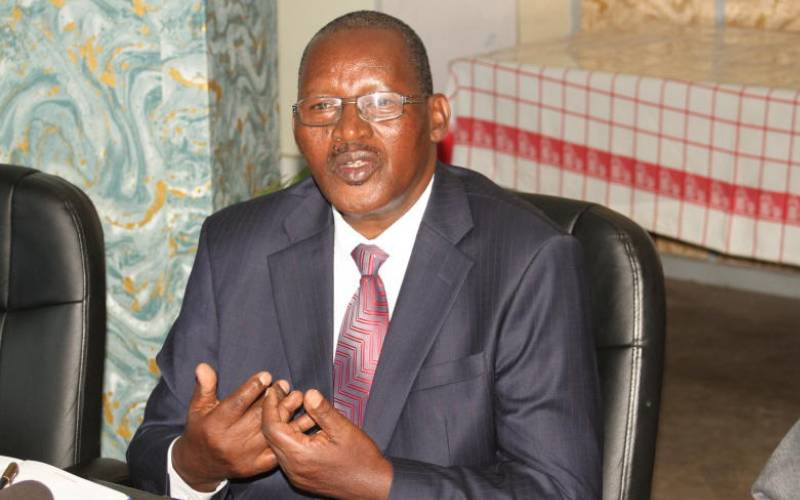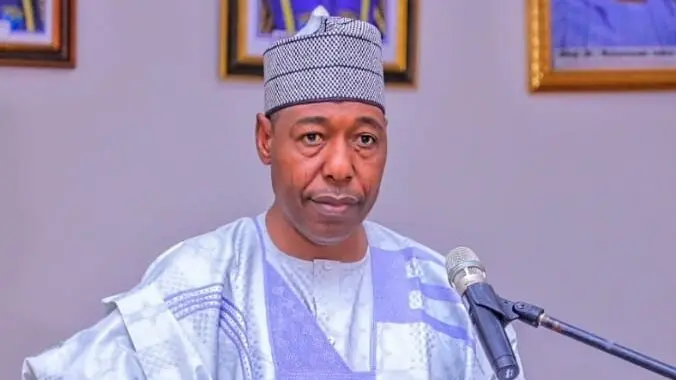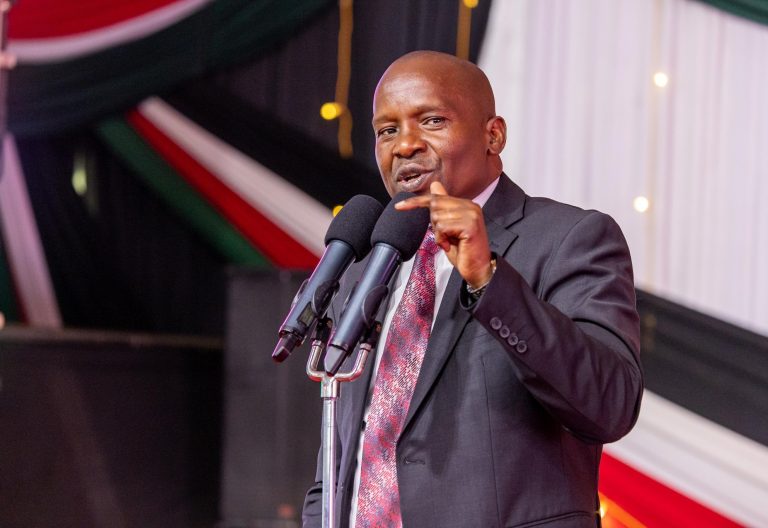The Staying Power of the College Chaplain - The Atlantic
Today, at a moment when young people are much less likely to say they’re religious, you might think that the demand for college chaplains would be on the decline. But recent evidence suggests that the opposite is true. Although a 2022 report from the Public Religion Research Institute found that nearly 40 percent of young adults do not identify with any established religion, college students are actually attending religious-life programs in larger numbers than they have in decades, and many colleges and universities have more chaplains, some volunteer and some paid, than they did in the early 2000s, James W. Fraser, a professor emeritus of history and education at New York University and the author of the forthcoming book Religion and the American University, told me. Many of these chaplains are taking inspiration from Coffin: They’re reimagining what a spiritual leader can be in order to better meet the needs and beliefs of their students—many of whom, religious or not, still crave a sense of belonging, meaning, and purpose.
For centuries, religion was central to American university life. Many colleges were established as divinity schools and led by presidents who doubled as ordained ministers, John Schmalzbauer, a religious-studies professor at Missouri State University who studies chaplaincy and campus ministry, told me. But in the early 20th century, a great number of those institutions began shifting their focus from ministry to research, and college presidents started to devote less of their time to spiritual life. In their place, universities hired chaplains to preside over daily chapel services and offer moral guidance to students.
Read: Religious education and the meaning of life
The shape of the college chaplaincy transformed multiple times over the next several decades—first during the Coffin era, when it became a platform from which to advocate for social justice; and again in the late 1970s and ’80s, when the social movements of the ’60s lost steam, academic communities became significantly less religious, and the college chaplaincy shed some of its previous status.
Modern college chaplains, deans, and directors of religious life have taken on a new grab bag of duties. In addition to leading forms of worship and talking with students about their faith, as they always have, many chaplains also help students navigate housing insecurity, safety threats, and campus protests. Although the position was once thought of as a “defined pot,” Kirstin Boswell, Elon University’s chaplain and dean of multifaith engagement, told me, it is now more an interdisciplinary “web.” The chaplains themselves are also much more diverse. Whereas the chaplaincy was once dominated by white Christian men, many today are women or people of color, and they come from a range of religious traditions. Of the 471 chaplains recently surveyed by the Association for Chaplaincy and Spiritual Life in Higher Education (ACSLHE)—the nation’s largest membership organization for university chaplains, directors, and deans of religious and spiritual life—6 percent said they don’t identify with a major religion, and 2 percent said they don’t believe in God at all.
Chaplains’ primary work is still counseling students, but many approach these conversations with more openness than their predecessors did. Reporting this story, I spoke with about a dozen college chaplains and campus-ministry experts across the country, several of whom sit on ACSLHE’s board. Citing their own experiences, which are backed up by a robust body of research, they explained that most modern-day chaplains both engage with established religious practices and embrace alternative forms of spirituality or self-care, which can be as varied as coloring sessions, friendship courses, and nature walks. Some students might see “the religious center as a place where someone would try to convert them,” Vanessa Gomez Brake, the senior associate dean of religious life at the University of Southern California and the first atheist-humanist to occupy that position at a major American university, told me. But chaplains today tend to draw from a range of texts and traditions, rather than proselytizing their own beliefs.
For less-religious students, some of their first conversations about spiritual matters may be with chaplains. At a stage of life when they are figuring out who they are and what they believe, many undergrads are likely to find themselves in a “hardwired body, mind, and soul spiritual growth spurt,” Lisa Miller, a clinical psychologist and the founder of the Spirituality Mind Body Institute at Columbia University, told me. Although religion is by no means necessary for navigating this growth spurt, it has historically served as a helpful starting point for many students. Until relatively recently, most American families were religious to some degree, which fostered “a de facto spiritual life in the air and water of our culture,” Miller explained. Regardless of their own religious beliefs, many teens used to arrive on campus with a “backpack of spiritual and religious practices.” Today, many show up having never prayed.
Read: When faith comes up, students avert their eyes
Perhaps because of students’ lack of exposure, contemporary college chaplains say they “have never felt more needed,” Schmalzbauer, of Missouri State, told me. Having devoted their lives to service and existential inquiry, chaplains can be well positioned to advise religious devotees, the spiritually curious, or just the average young person beset by angst. Their guidance might help undergrads as they sort through any number of uncertainties, whether about God, school, friendships, romance, family, or their undecided futures. “Students need someone who will hear them, who will sit with them, who will be present with them, and who won’t be on their phones in front of them,” Nathan Albert, ACSLHE’s board president and the chaplain at the University of Lynchburg, told me.
Of course, the help college students need is sometimes beyond what chaplains are trained to provide. Recent data show that Gen Z is, by some measures, the loneliest generation in the United States, and that rates of anxiety, depression, and suicidal ideation on university campuses are at a peak. “These kids achieve to very high levels, they jump through the hoops, they get to college, and then they’re left wondering what it’s all for,” Jennifer Breheny Wallace, the author of Never Enough: When Achievement Culture Becomes Toxic—And What We Can Do About It, told me. Universities aren’t blind to the pressures students are under, and many have made student wellness a priority. This may be one reason more schools are investing in religious and spiritual life, Schmalzbauer, NYU’s Fraser, and others told me.
But crucially, as Schmalzbauer explained, pastoral care is not the same thing as psychological counseling. Chaplains can occasionally end up in tough spots, particularly as demand for mental-health care has outpaced the supply of therapists and psychiatrists on college campuses. Varun Soni, the dean of religious life at USC, told me that most of his students are dealing with routine anxieties, which he feels comfortable talking through. Yet he also meets with some students experiencing depression and suicidal ideation. For these more serious cases, Soni and his colleagues work closely with the university’s mental-health center and even walk students to a counselor’s door themselves.
This isn’t to say that chaplains don’t have a role to play in improving student health and well-being. Research from Columbia University’s Miller and others has found that spiritual development is associated with protection against depression and substance abuse, and with setting young adults up for healthier relationships, more purposeful work, and greater emotional resilience. In recent years, some schools have paired chaplains with therapists and counselors to provide “preventative mental health care,” Wendy Cadge, the president of Bryn Mawr College and founder of the Chaplaincy Innovation Lab, told me.
Yet, unlike mental-health professionals, the chaplain’s goal is not to treat students, but rather to help them find community, meaning, and a reprieve from the grind. “People want to feel loved for who they are and not what they do,” Chaz Lattimore Howard, the university chaplain and vice president for social equity and community at the University of Pennsylvania, told me. Whether or not they believe in God, they “want to be reassured that it’s going to be okay.” In a world where so much may not seem okay, college chaplains say they can help students—not via certainty or quick fixes, but as Coffin once did: by tending to their inner lives.
When you buy a book using a link on this page, we receive a commission. Thank you for supporting The Atlantic.
Cornelia Powers is a writer based in Washington, D.C. She covers books, culture, family, and sports. Her work has appeared in New York magazine, The Washington Post, Harper’s Bazaar, Elle, Time, Literary Hub, and the Princeton Alumni Weekly. She is currently working on her first book about her great-great-grandmother, the golfer Bessie Anthony.










